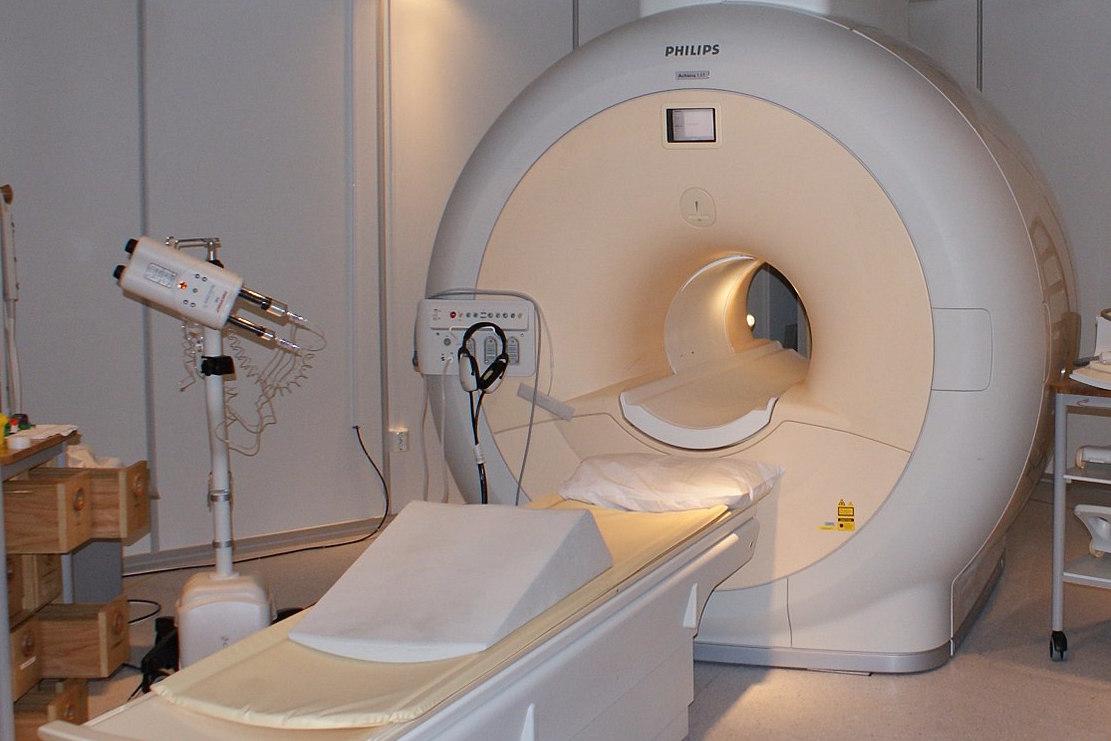D: Go to the hospital to have a doctor check out an internal problem and you're liable to hear about MRI scans, CT scans, and PET scans.
Y: All of these scans take detailed pictures of your body's insides.
D: What sets MRI, CT, and PET scans apart is how they work. MRI stands for magnetic resonance imaging. An MRI scanner uses several large, very cold magnets to create a powerful magnetic field that "reads" the spin and interaction of your body's electrons and protons. The resulting images can be very specific, pinpointing tiny sections of any part of the body.
Y: A CT scan, which stands for computerized tomography, is also good at revealing internal tumors and lesions. A CT scan is essentially a three dimensional x-ray. Detectors mounted inside a spinning disk rotate to capture slice-like images at hundreds of different angles. This allows doctors to get a detailed, overall look at a given region of the body.
D: A PET scan is a bit different. PET is short for positron emission tomography. To do a PET scan, a doctor injects you with a radioactive isotope that decays and emits positrons, which are positively charged antimatter relatives of electrons. When positrons and electrons come together they annihilate each other and give off energy in the form of gamma rays. PET scan images are valuable because they not only show tumors but can reveal the metabolic state of a tumor, such as whether it is cancerous or benign.
Y: Together, MRI, CT and PET scans give doctors an unprecedented glimpse into the inner workings of the human body.










